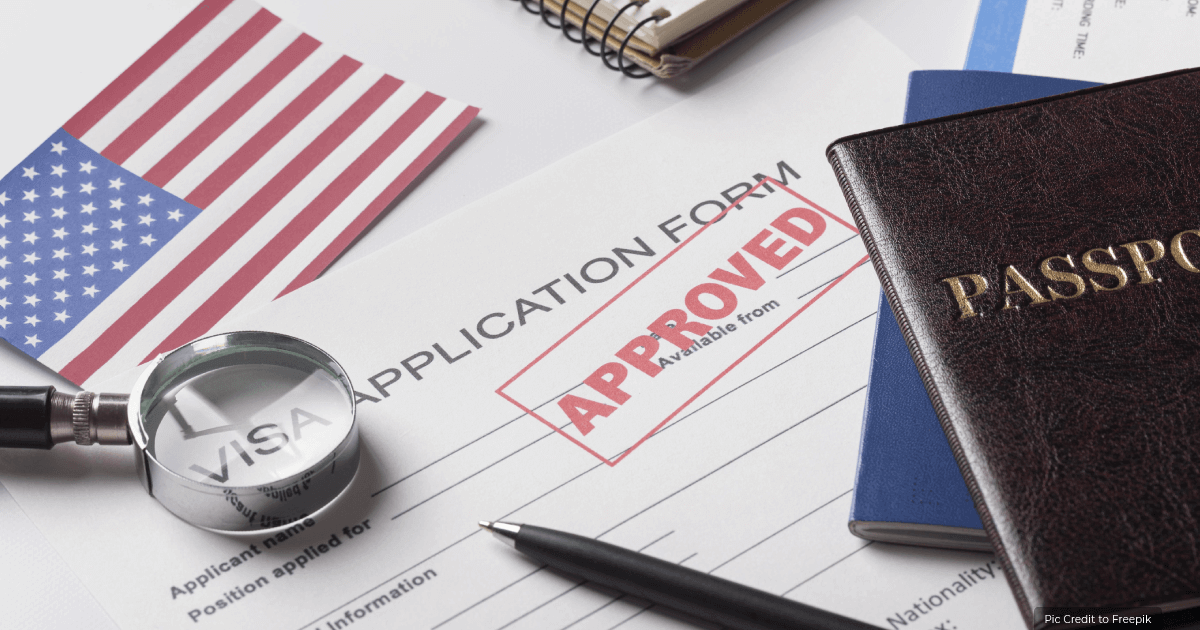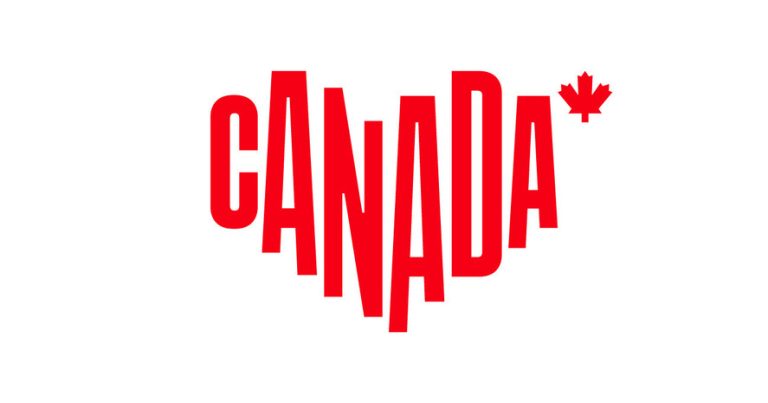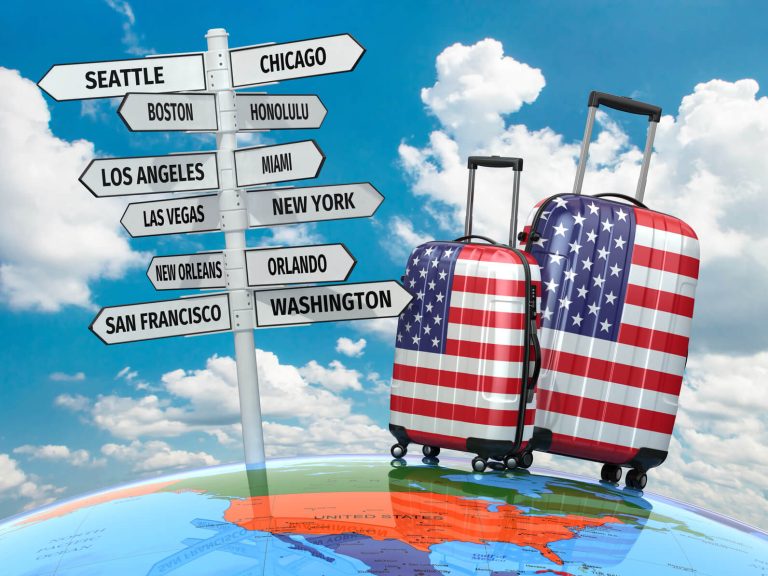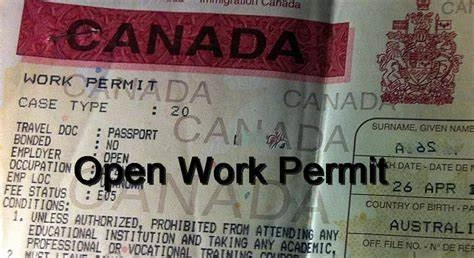A Comprehensive Guide to Applying for USA Visa in 2024
Advertisements
As globalization continues to shape the world, the United States remains a coveted destination for individuals seeking opportunities, education, employment, or tourism. Navigating the process of obtaining a USA visa can be complex, but with the right information and careful planning, applicants can increase their chances of success. This comprehensive guide will walk you through the steps involved in applying for a USA visa in 2024, covering the types of visas available, eligibility criteria, required documentation, and the application process.
Types of USA Visas for Immigrants
Before diving into the application process, it’s essential to understand the various types of visas available for entry into the United States. The U.S. visa categories can broadly be classified into immigrant visas (for permanent residence) and non-immigrant visas (temporary stays). Non-immigrant visas are further categorized based on the purpose of the visit, such as:
Tourist and Business Visas (B-1/B-2): For individuals traveling to the U.S. for tourism, business meetings, or medical treatment.
Student Visas (F and M): For those intending to pursue academic or vocational studies in the U.S.
Work Visas (H, L, O, P, Q): For individuals seeking employment or participating in specific work-related activities.
Advertisements
Exchange Visitor Visas (J): For participants in exchange programs, including students, scholars, and professionals.
Family-sponsored Visas (F1, F2A, F2B, F3, F4): For close relatives of U.S. citizens or permanent residents.
Diversity Visa Lottery (DV): A program that randomly selects individuals from countries with low rates of immigration to the U.S.
Eligibility and Criteria for USA Visa
Each visa category has its own set of eligibility criteria, and meeting these requirements is crucial for a successful application. Common eligibility factors include:
Purpose of Travel: Clearly define the purpose of your visit and choose the appropriate visa category.
Advertisements
Passport: Ensure your passport is valid for at least six months beyond your intended period of stay in the U.S.
DS-160 Form: Complete the Online Nonimmigrant Visa Application Form DS-160 and print the confirmation page with the barcode.
Visa Fee Payment: Pay the non-refundable visa application fee, which varies depending on the visa category.
Photo Requirements: Provide a recent passport-sized photo meeting the specified criteria.
Interview Appointment: Schedule an appointment for a visa interview at the U.S. Embassy or Consulate in your home country.
Required Documentation for USA visa Application
The documentation required for a USA visa application varies depending on the visa category. However, some common documents include:
Passport: A valid passport that meets U.S. requirements.
Visa Application Confirmation: The printed confirmation page of the DS-160 form with the barcode.
Visa Application Fee Receipt: Proof of payment for the non-refundable visa application fee.
Passport-sized Photo: A recent photo meeting the specified requirements.
Form I-20 or DS-2019 (for student visas): Issued by the U.S. academic institution or exchange program sponsor.
Employment Authorization (for work visas): Such as Form I-797 for H-1B visa applicants.
Financial Documents: Proof of financial ability to cover expenses during the stay, including bank statements, sponsorship letters, or scholarship awards.
Travel Itinerary: Details of your planned travel dates, accommodation arrangements, and return ticket.
Supporting Documents: Any additional documents relevant to your visa category, such as letters of invitation, marriage certificates, or academic transcripts.
Application Process for USA Visa
The USA visa application process involves several steps, and careful attention to detail is crucial to avoid delays or rejections. Here’s a step-by-step guide:
Complete the DS-160 Form:
Access the Online Nonimmigrant Visa Application Form DS-160 on the U.S. Department of State’s Consular Electronic Application Center (CEAC) website.
Fill out the form accurately, providing all required information.
Pay the Visa Fee:
Pay the non-refundable visa application fee, which can be done online through the designated payment portal.
Schedule a Visa Interview:
Visit the U.S. Embassy or Consulate website in your home country to schedule a visa interview appointment.
Be prepared to pay any additional visa issuance fees specific to your country, if applicable.
Gather Required Documents:
Collect all necessary supporting documents, ensuring they meet the specified requirements.
Attend the Visa Interview:
Arrive at the U.S. Embassy or Consulate on the scheduled date and time.
Bring the printed confirmation page of the DS-160 form, visa fee payment receipt, passport-sized photo, and all required documents.
Undergo Biometric Data Collection:
In some cases, applicants may need to provide biometric data, including fingerprints, during the visa application process.
Wait for Visa Processing:
After the interview, wait for the visa processing to be completed. Processing times may vary depending on the visa category and individual circumstances.
Visa Approval or Denial:
If approved, the visa will be stamped on your passport, and you will receive instructions on when and how to collect it.
If denied, you will be provided with a reason for the denial. In some cases, applicants may have the option to reapply after addressing the issues that led to the denial.
Tips for a Successful Visa Application:
Start Early:
Initiate the visa application process well in advance to allow for any unexpected delays.
Accurate Information:
Provide accurate and truthful information on the visa application form. Inconsistencies or inaccuracies can lead to rejection.
Document Organization:
Keep all required documents well-organized in a folder to facilitate a smooth application process.
Be Prepared for the Interview:
Familiarize yourself with potential interview questions and be ready to articulate the purpose of your visit.
Financial Preparedness:
Ensure that your financial documents clearly demonstrate your ability to cover expenses during your stay in the U.S.
Follow Instructions:
Adhere to all instructions provided by the U.S. Embassy or Consulate, both during the application process and at the interview.
Conclusion
Applying for a USA visa in 2024 requires careful planning, attention to detail, and adherence to the specific requirements of your chosen visa category. By understanding the types of visas available, meeting eligibility criteria, gathering the necessary documentation, and following the step-by-step application process, applicants can enhance their chances of obtaining a U.S. visa for travel, study, work, or family reunification. While the process may seem intricate, careful preparation and compliance with regulations can pave the way for a successful and rewarding experience in the United States.
Advertisements






